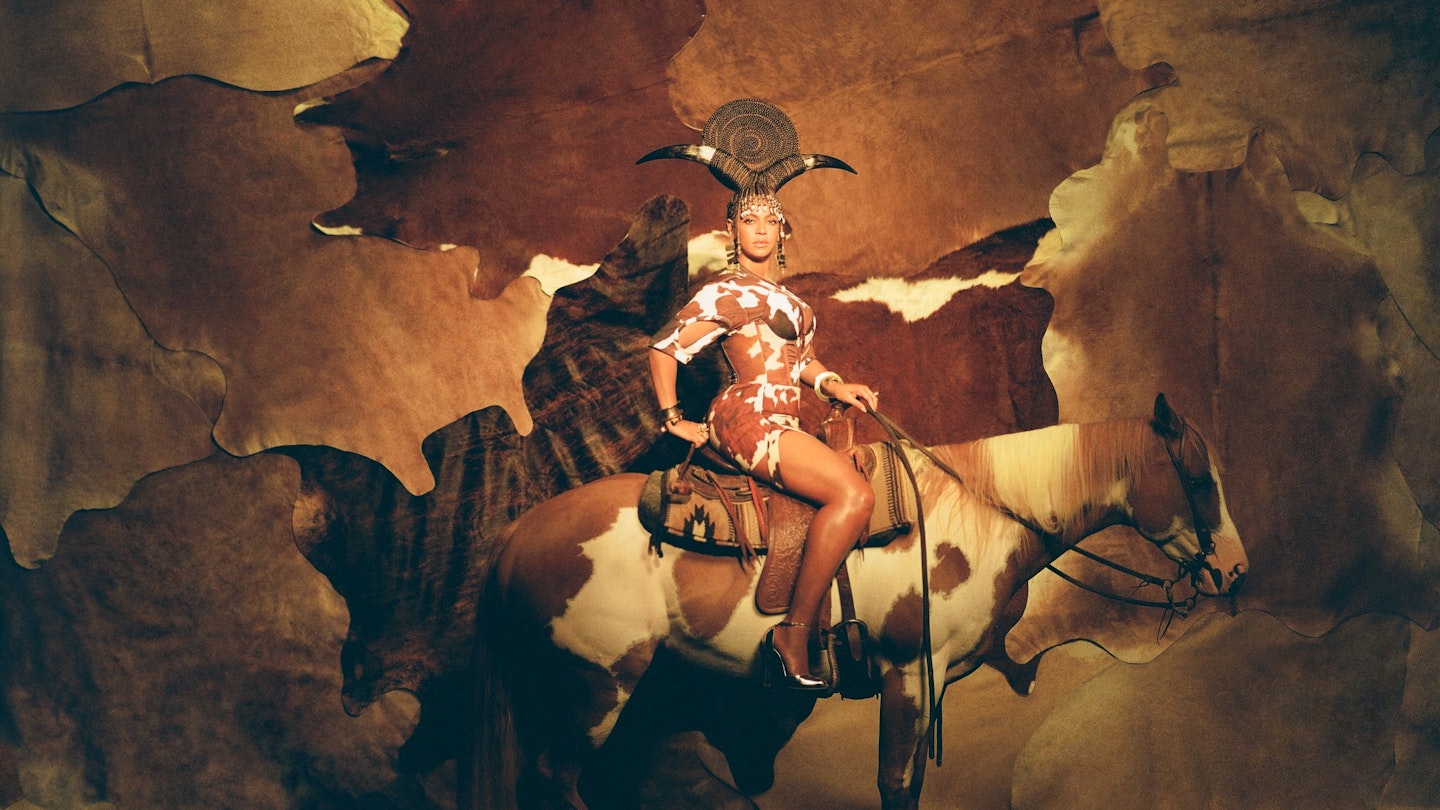It’s very 2020 that the most talked about, culture-shifting, era-defining fashion showcase of the year was not on a runway but on a Disney streaming service. Because, why not? When Beyoncé released her epic visual album, Black Is King, last week it made headlines for a number of reasons —as productions by one of the world’s most famous pop stars usually does. There was its poignancy and meaning against the backdrop ofBlack Lives Matter, a movement the New York Times declared the largest in American history. There was the diasporic nature of the work, an exploration of a young Black boy’s life through continents and time, at a moment in history when the entire world is considering what Blackness means in unprecedented ways.
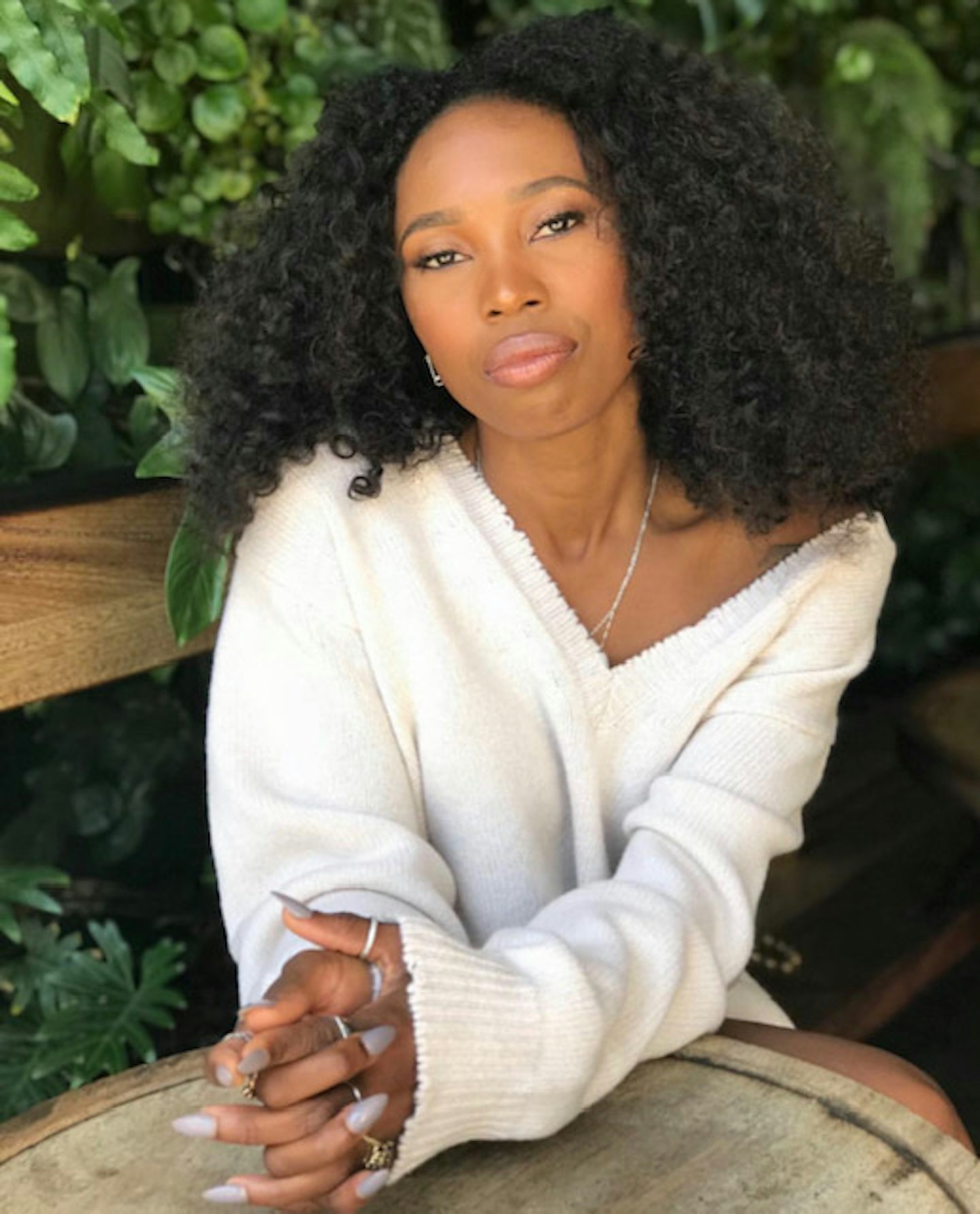
And there was the fashion. So much fashion. Over 200 looks worth of fashion, carefully put together from roughly 1000 call-ins (that’s fashion speak for the clothing samples brands loan to shoots) and specially commissioned pieces represented emerging and globally renowned designers and labels from across Africa, North America and Europe. The woman behind it all is Zerina Akers, a stylist who is not a new name to fashion insiders but certainly a breakout one to the masses now Googling and following the spectacularly diverse parade of looks in the 85 minute film. A native of Maryland, Akers started her career as an intern at W magazine before later rising up the industry ranks working on a mix of editorial and commercial jobs before landing a role as Beyoncé’s personal stylist.
In a year of digital fashion weeks in which various brands experimented with new ways of showing their wares and capturing consumer interest, Beyoncé and Akers overshadowed them all, exposing little-known, small fashion brands to massive global audiences and renewing our collective interest in the big giants. Most of all, they resuscitated the idea of fashion with a capital F, when many have not only been settling into a new normal of sweatpants, but losing patience with an industry often perceived as being too exclusive and too out of touch. Here, Akers talks about the impact of the movie and the making and meaning of all those clothes.
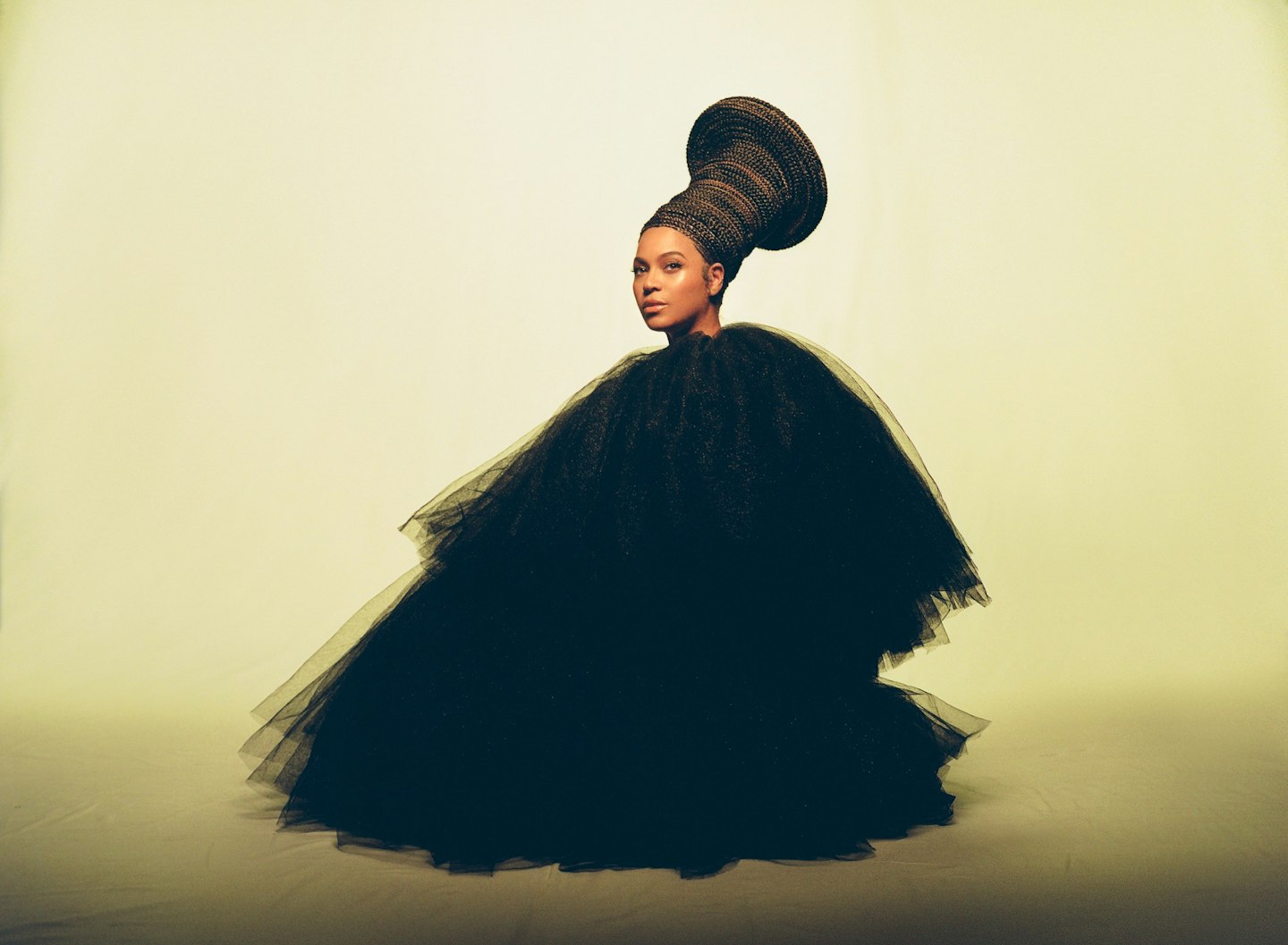
It’s been a while since we’ve seen a film, or music video, packed with this much fashion. There were quite a few moments when the camera gave us the shortest glimpse, like seconds, of a lavish scene with a whole tableau of looks that could have filled an entire film on its own.
I know! Some of my favourite moments, like the tea party scene, could have been a whole music video. We were watching it, and wanted every video and moment to stand strong in isolation.
This film stands out as a showcase for Black designers and Black creativity in general. How have your own experiences navigating the fashion industry as a Black woman influenced your approach?
Early on, I saw that we needed to pull back into our own community. And this uprising against racial injustice increased that. I joined the Black In Fashion Counciland during one of the first conversations, I thought, ‘It’s important to call out these corporations. But if we put half of that same energy into our own community, that would go further. I first shot with Beyoncé in 2015 and I can remember going into department stores to shop for a shoot and feeling like I was not welcome there. If I found one person that was kind to me I’d only shop with them. And I still shop with them to this day. I often looked like the young Black girl. And people would look at me like, ‘What are YOU doing here?’ Now when I walk in those same stores, it’s a very different and interesting experience.
How long was production from start to finish?
My part, wardrobe, was about three months – concept to finish. But there are people who have worked on it longer. Beyoncé had the idea to do a much smaller project and it grew from there. She was like, ‘I want to start this thing.’ So I started going into fabric stores and swatching things that spoke to me as I listened to the music in my headphones. And then I had to get on the horn and call my counterpart who handles a lot of the market. I just called everyone I knew that could make things. I hired a whole new team of seven people.
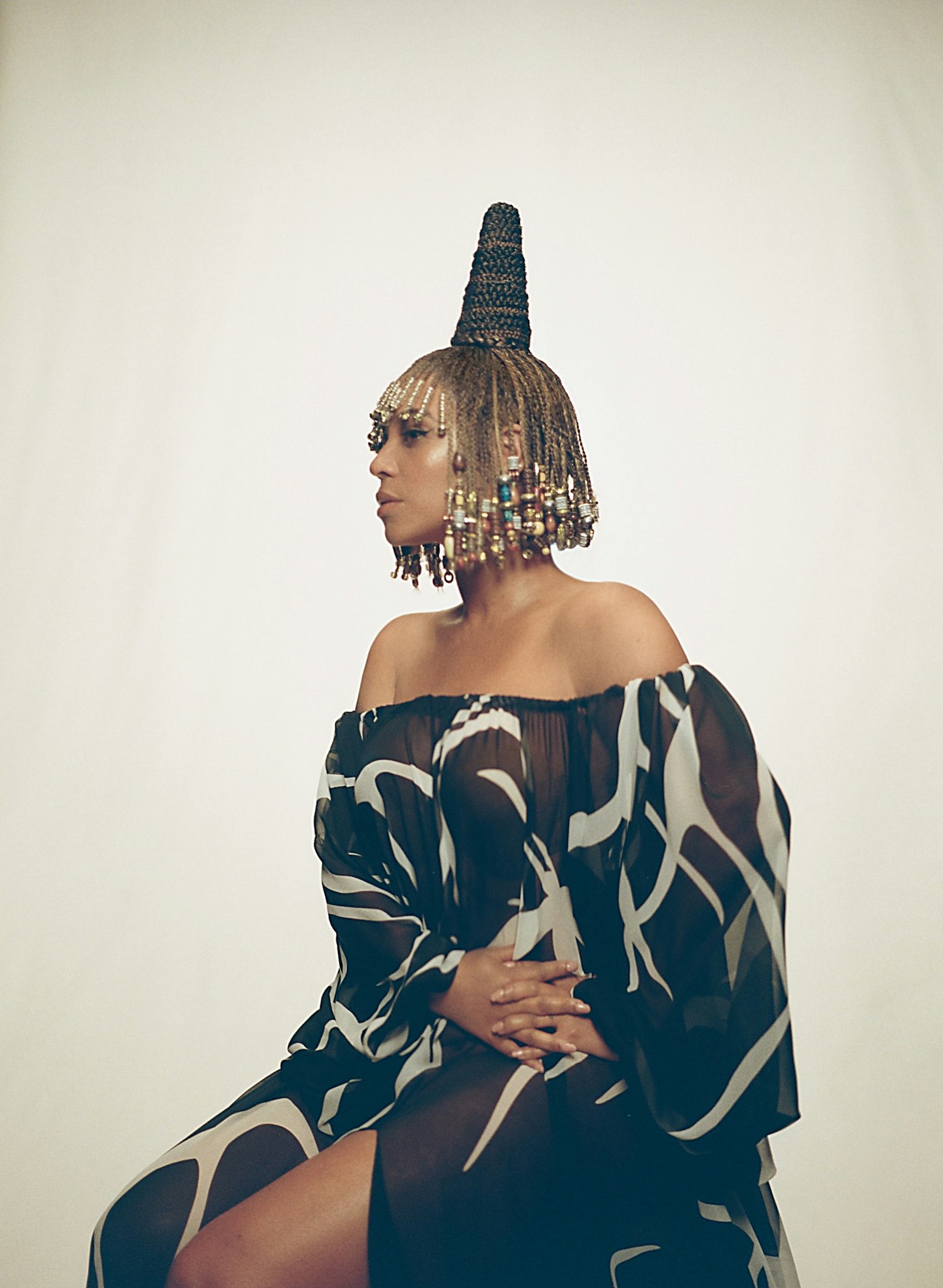
When you first started going to those fabric markets, what was the brief at the time?
At that point, Beyoncé wanted to do quick bites. It was originally meant to be a few music videos. She wanted to shoot a minute of each song — a small piece to promote the album. And then it evolved and snowballed. It’s a Beyoncé project, so course we knew it would have a certain magnitude. But we had no idea at the outset that it would become what it is now. But most of all, I wanted her to feel good and empowered as she was performing. That was the most important thing for me. That she feels great.
.
You’ve worked with Beyoncé for six years. How has your relationship evolved?
Well I was hired to develop and manage her personal wardrobe. What she was wearing day to day. Not red carpet. And so I really wanted to own that. I wanted people to notice when she put on something and when she took a picture. I wanted there to be a reaction. Even then it was about bringing in interesting Black designers like Reuben Reuel. That was really fun. And then I began pitching her other ideas beyond her personal wardrobe. And when I realised she was responding well to it, I began to do it more. If I heard her talking about a need for a particular project, I’d just go out and find it. I’d say, ‘I think I saw this thing you were looking for.’ I’d go and meet the need. I think she realised she could rely on me. I just did what it took. I remember doing Formation. I wasn’t a stylist on that video. I was her personal stylist at the time. I remember pitching these ideas and she gave me a smaller video to test out. I kept hearing feedback that the looks I created didn’t quite match the video I was styling. But she saw these pictures and decided to wear the hat from one of them in the Formation video and that became one of the most iconic looks in the video. From there we continued to grow and developed a trust in each other. She understands the magnitude of where she is and the visibility she gives to the brands she wears. She wants women to embrace their bodies and their curves and push limits in the fashion conversation.
The film has layers and layers of cultural and historic references. What did your research process look like?
It was a combination of things, but Kwasi Fordjour, the co-director, mainly led it. The project was very near and dear to him. The boards he created were a starting point, pulling different references that we would then dig into. We were putting one foot in front of the other. Now, I knew this was going to be on a Disney platform – so I thought it important to have a global conversation with the designers. I worked with designers out of Paris, West Africa, and Black American designers. To support Black American designers is one of the most important things to me in my career.

You've posted the stories behind many of the pieces featured in the film on Instagram. And it’s been great for giving us a closer look at those moments that we might have missed, including many of the custom pieces. There’s a gold chainmail hood made of various styles of hoop earrings that stands out to me for example. What was the story behind it?
I worked on that with Natalia Fedner. She had created this gold woven headdress and I wanted to add this regal element to it that felt very nostalgic. So I got all these earrings that took you through the Sixties, Seventies and Eighties. I wanted to give you a walk in time. We crammed it all in. And that’s one of many examples. In another look, we layered chokers and cuffs to speak to the [African] practice of neck stretching. And then there’s the custom couture look that Valentino did. That alone was the result of more than 300 hours of work put in by 10 people.
You filmed this before the Black Lives Matter movement reached the height it did following the murder of George Floyd. How did that impact the way the team approached its upcoming release?
As it was playing out, we thought, ‘A lot of people can be a part of this movement.’ We filmed this before George Floyd, but there are so many parts of the film that speak to this moment. To have the voice of a Black man in this work was so powerful. Beyoncé's work is usually about female empowerment, but this film is about the story of a Black boy. Here, she shares the screen with men in a way we haven’t really seen before. That was really powerful for people to see all these wonderful affirmations around Black men and allowing Black women to feel seen. Even for her to get behind Black Owned Everything [Zerina’s directory of Black-owned fashion businesses] — things are happening. We are creating a shift. I think real change is happening.
How did Black Owned Everything come about?
Everything was progressing with the protests and people started sharing these Black-owned businesses and there was this thirst to support. I started it as a private feed where I could keep up with everything being shared for when I was shopping for Beyoncé and myself. But as I started looking through the brands I was following, I realised the full scale of it. I was blown away by the sheer number of labels and product categories. There was no way I could keep that private. Stylists are always hoarding information, keeping things to ourselves for our clients. But I wanted everyone to see this. I made it public and within a month had 30K followers. And then when Beyoncé released her single Black Parade on Juneteenth and credited Black Owned Everything, it grew from there. We’re at 140K followers now. This desire to support these designers has shifted the culture from stylists wanting to keep designers to ourselves to this culture of sharing now. It’s beautiful to see. So I’m now looking forward to developing that further. That’s my baby. I don’t think I’ve ever been so happy working on this.
SHOP: The Best Emerging Brands From Black Is King
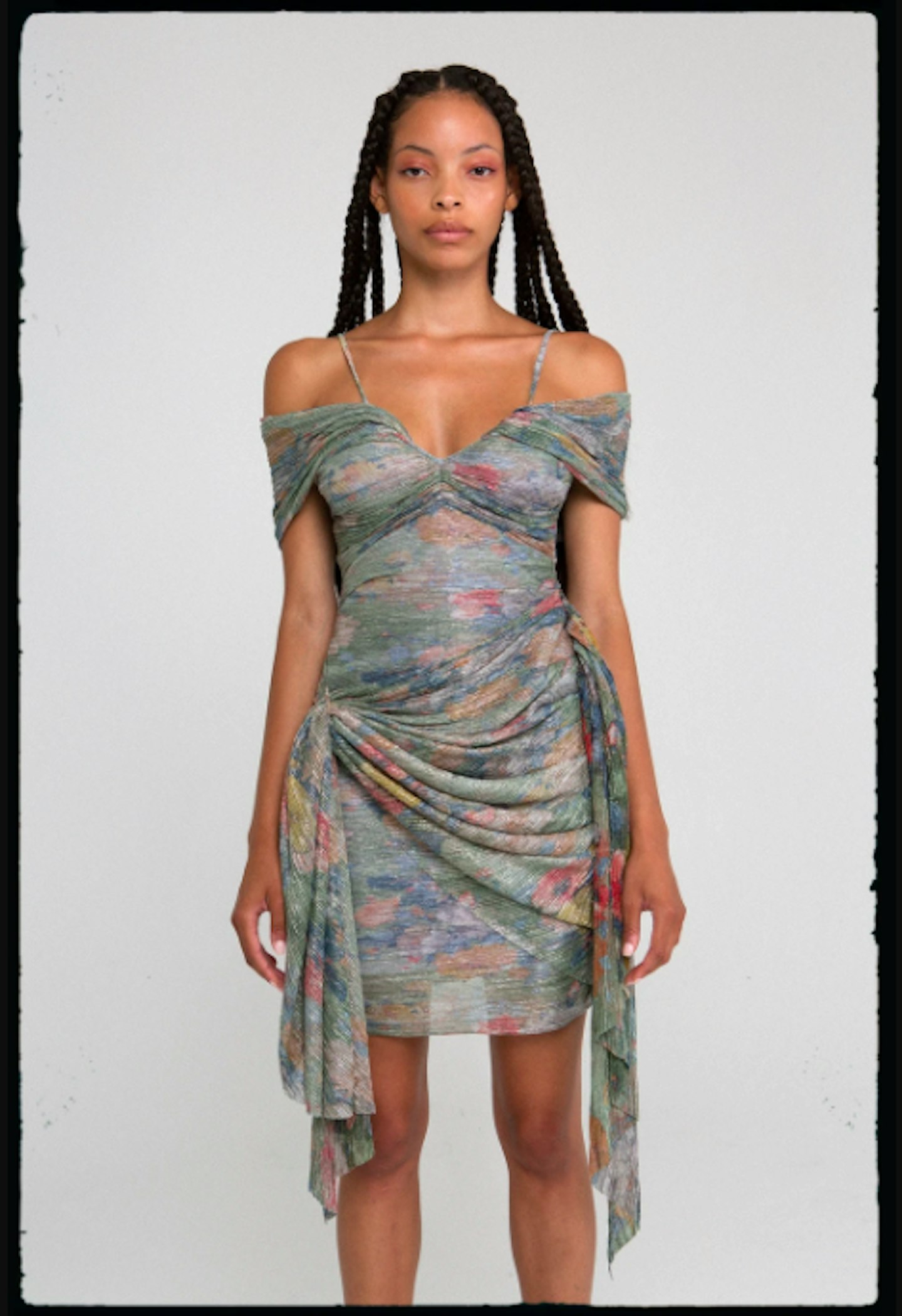 1 of 8
1 of 8Mia Vesper, The B Dress, £303
 2 of 8
2 of 8Laurel Dewitt, Chain Fishnet Glove, £96
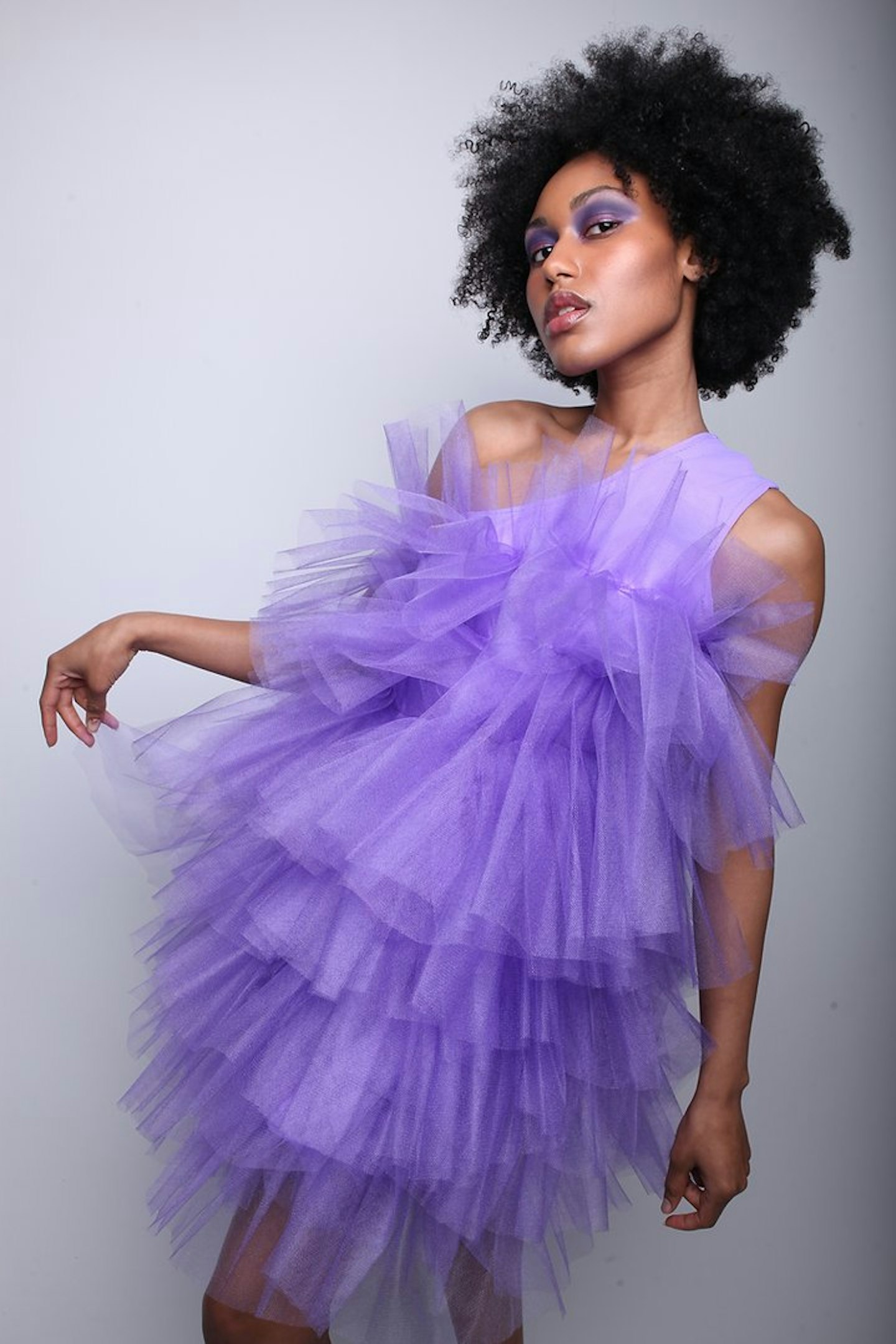 3 of 8
3 of 8Keama, Alice Dress, £422
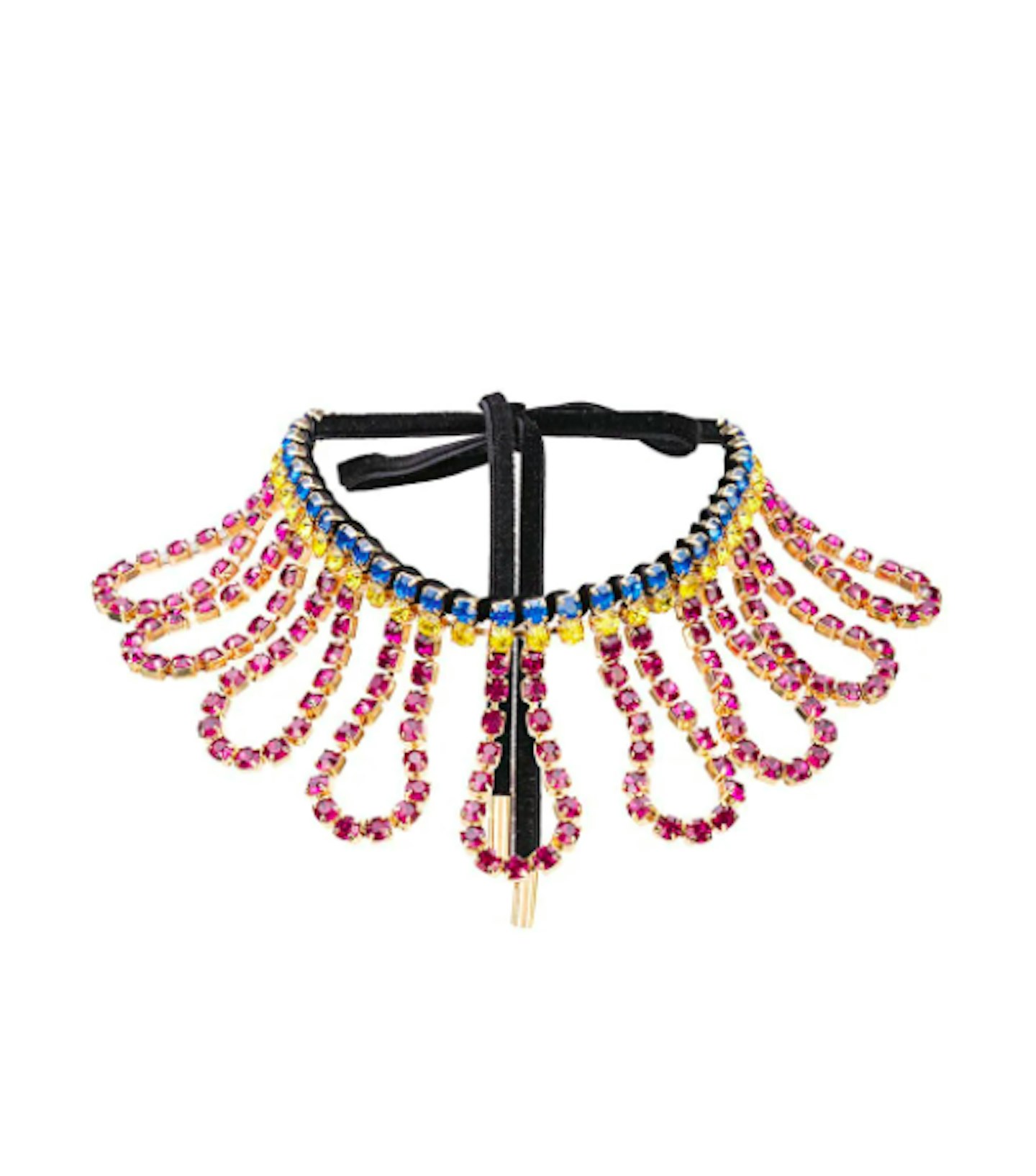 4 of 8
4 of 8Area, Crystal-Embellished Necklace, £345
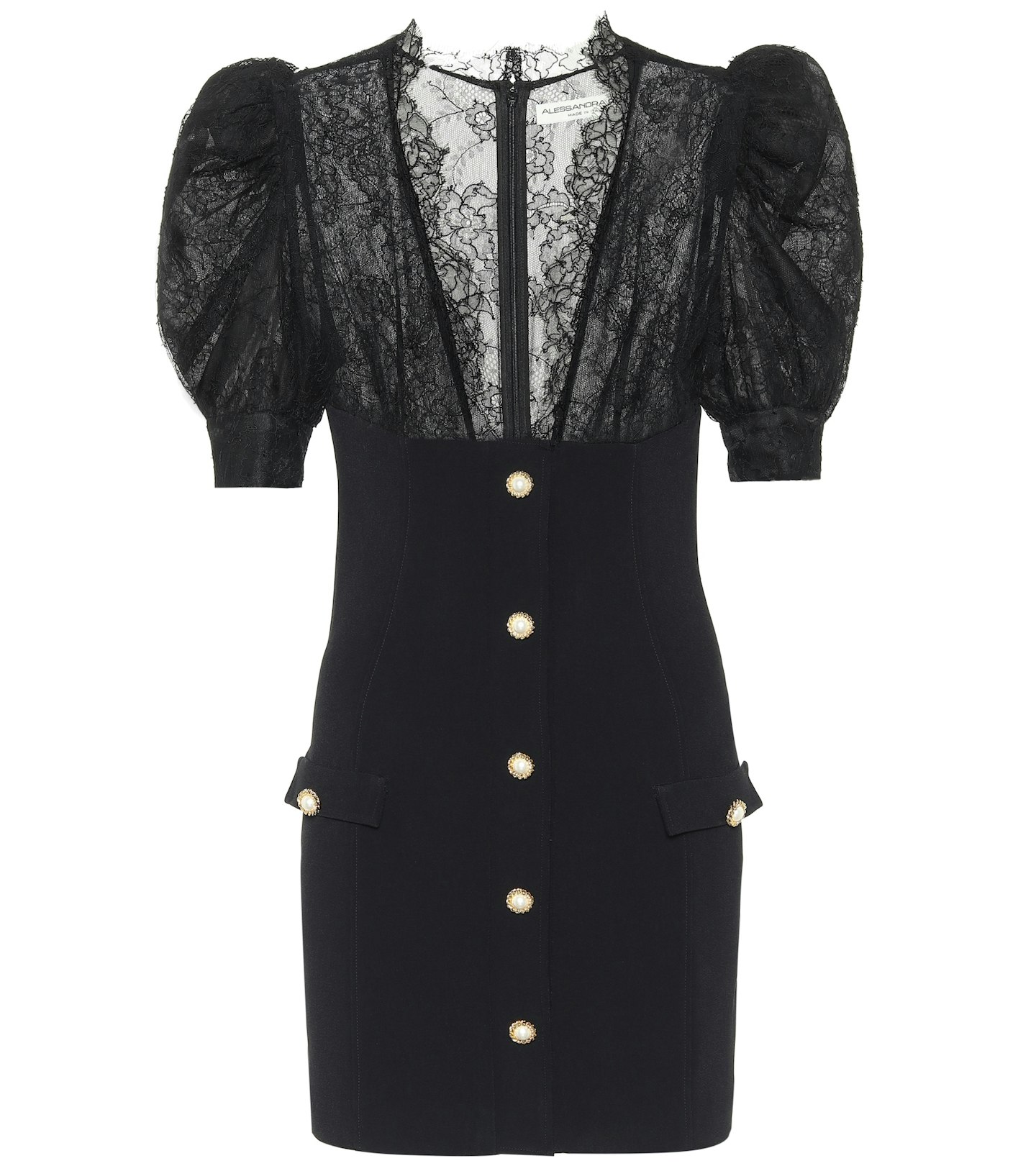 5 of 8
5 of 8Alessandra Rich, Lace-Trimmed Crepe Minidress, £1,515
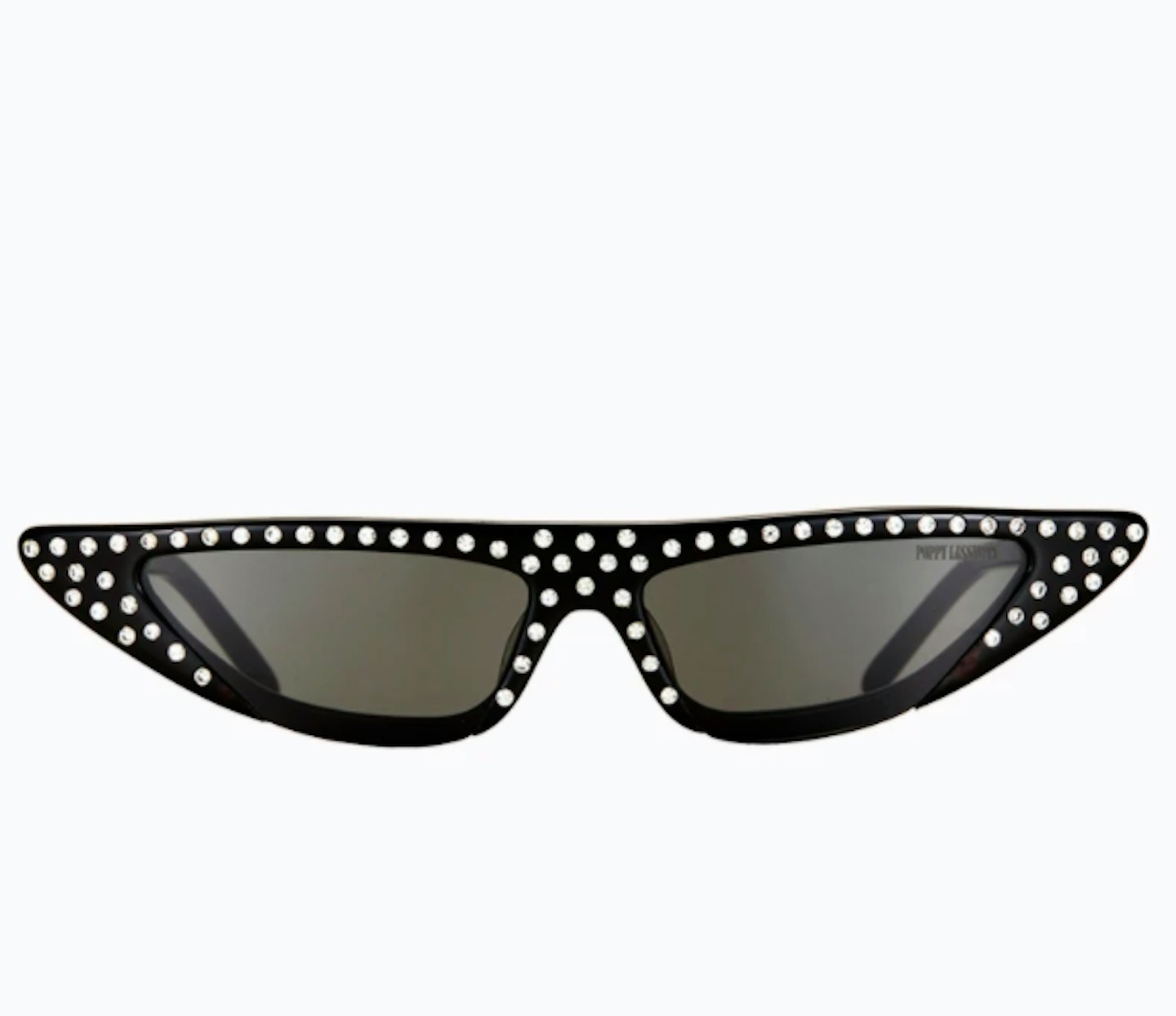 6 of 8
6 of 8Poppy Lissiman, Huntsman Luxe Black, £102
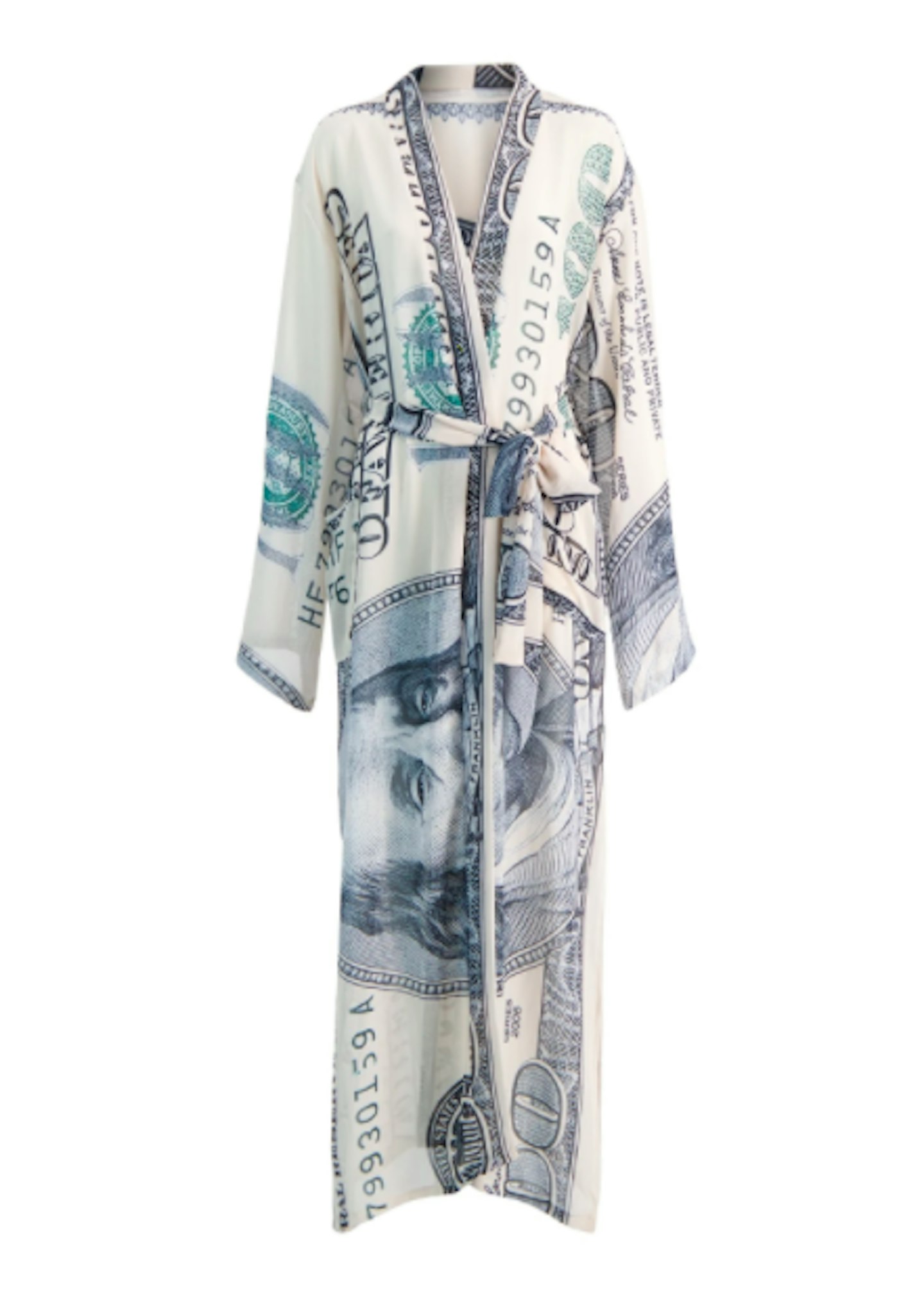 7 of 8
7 of 8Confetti, Benjamin Duster, £176
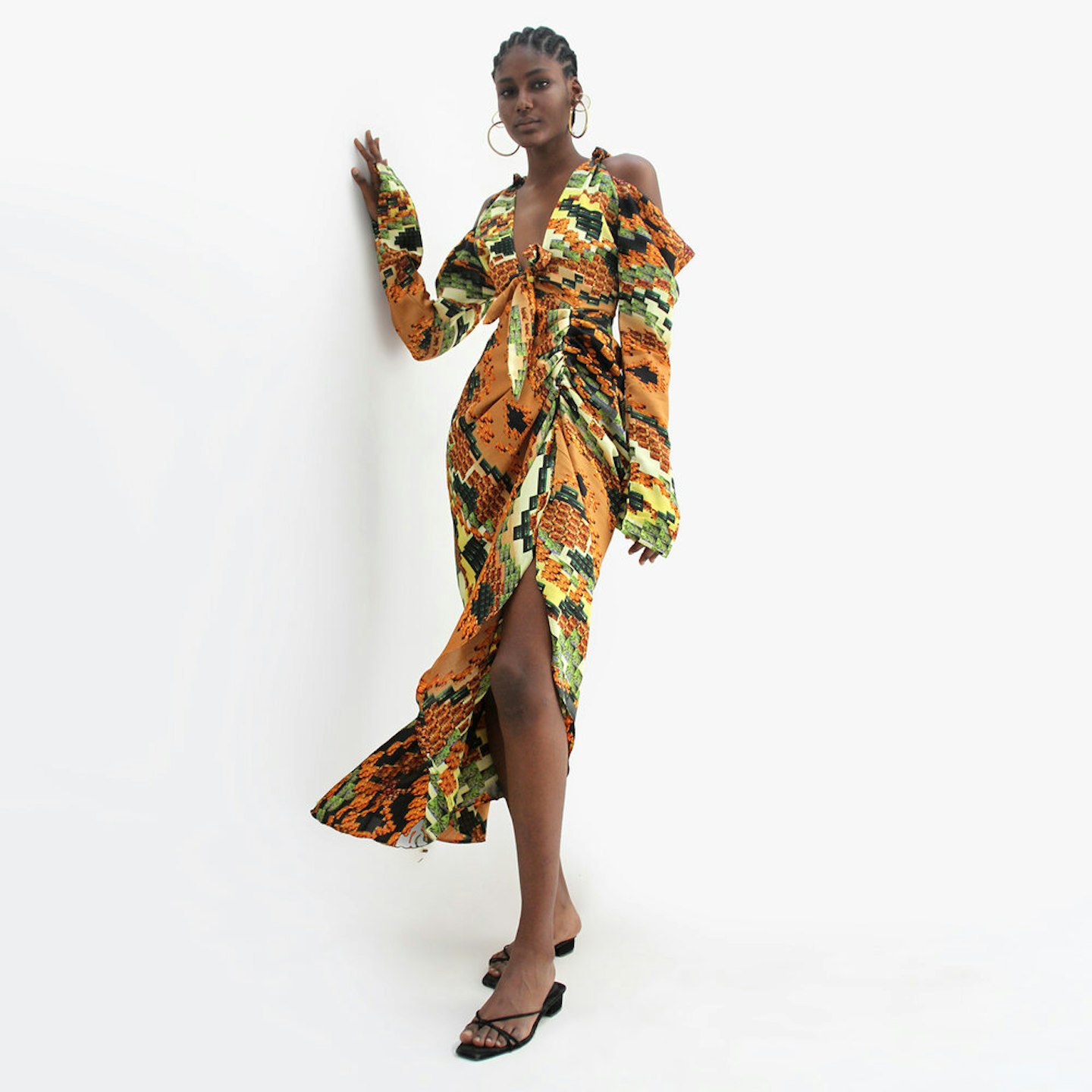 8 of 8
8 of 8